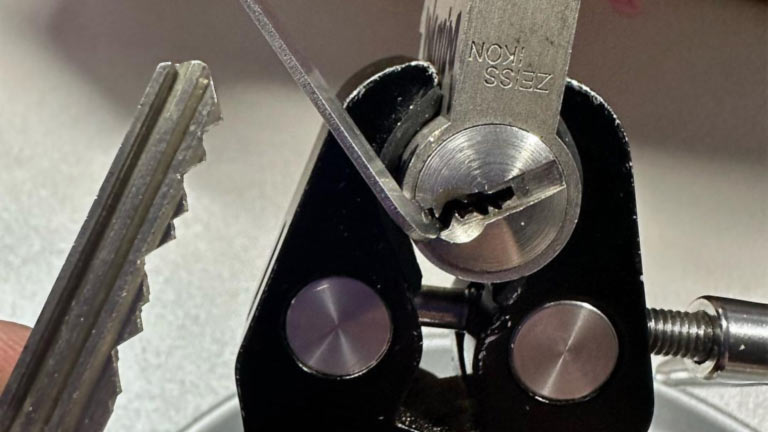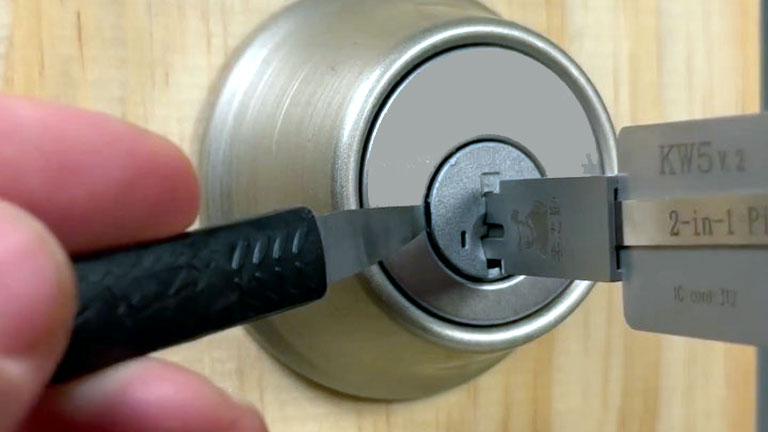
Lock pick is an age-old skill that has captured the imaginations of many, from locksmiths and security professionals to hobbyists and enthusiasts. The art of manipulating locks to gain access without using a key has fascinated people for centuries. If you’re a lock enthusiast looking to delve into the world of lock picking, you’ll need the right tools to get started. This article explores the essential tools every lock enthusiast should have in their arsenal.
1. Lock Picks
Lock picks are the bread and butter of any lock picker’s toolkit. These thin, specialized tools are designed to manipulate the internal components of a lock, allowing you to turn the lock’s cylinder and gain entry. Here are some common types of lock picks:
Hook Picks: These are the most versatile lock picks and are suitable for a wide range of locks. They have a curved end that can be used to lift and manipulate the pins inside the lock.
Diamond Picks: Diamond picks have a diamond-shaped tip, making them ideal for reaching deep-set pins and working with high-security locks.
Rake Picks: Rake picks have a serrated edge that allows you to move the lock’s pins up and down quickly. They are excellent for basic locks and beginners.
Ball Picks: Ball picks are spherical at the tip, which provides a different approach to manipulating pins. They are useful for locks with tight spaces.
2. Tension Wrenches
- Bottom of the Keyway (BOK) Wrenches: These wrenches fit into the bottom of the keyway and are commonly used in this picking.
- Top of the Keyway (TOK) Wrenches: TOK wrenches are inserted at the top of the keyway, offering more control over the tension applied to the lock.
3. Lock Picking Practice Locks
- Clear Practice Locks: These transparent locks allow you to see the inner workings as you pick, making it easier to understand how locks function.
- Cutaway Practice Locks: Cutaway locks have a section removed to expose the pins and springs, providing a clear view of the lock’s internals.
- Progressive Practice Locks: These locks have adjustable difficulty levels, allowing beginners to start with a few pins and gradually increase the complexity as their skills improve.
4. Lock Pick Set Cases
Invest in a lock pick set case to keep your lock picks organized and protected. These cases are designed to hold your picks securely and prevent them from getting damaged or lost. Look for a case with individual slots for each pick and tension wrench to keep them organized.
5. Lock Pick Gun
Lock-pick guns are handy tools that help you quickly open certain types of locks. They work by rapidly pressing the lock’s pins up and down, simulating the picking process. While unsuitable for all locks, they can be a valuable addition to your toolkit for certain situations.
6. Bypass Tools
- Shims: Shims are thin, flat pieces of metal that can be used to manipulate the latch of certain types of locks, such as padlocks.
- Bump Keys: Bump keys are specially cut keys that, when used correctly, can quickly open pin tumbler locks through a bumping technique.
7. Locksmith Training Resources
It is a skill that requires practice and knowledge. Consider investing in locksmith training resources such as books, online courses, or in-person workshops to enhance your skills and understanding of lock mechanisms.
Conclusion
Lock picking is a fascinating and challenging skill that requires the right tools and plenty of practice. Whether you’re a hobbyist or an aspiring locksmith, having the essential tools discussed in this article will set you on the path to becoming a proficient lock picker. Remember, it should always be practiced ethically and within the bounds of the law, respecting the principles of security and privacy.




